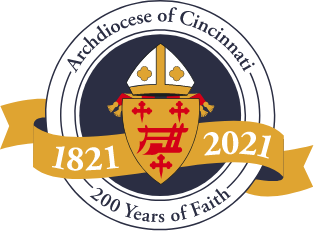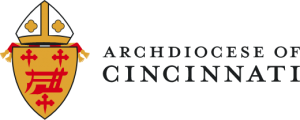The Second Black Catholic Congress is held in Cincinnati on July 8, 9, and 10. The congress focuses on education and the establishment of an industrial school for Black Americans. Archbishop Elder is among the speakers.
Daniel Rudd Establishes The American Catholic Tribune
Daniel Rudd, a Black Catholic and former slave, establishes the American Catholic Tribune, a Catholic newspaper for African Americans. The newspaper invites the Black community to examine the Catholic Church and see Her as worthy of belief.
Bishop Elder Appointed Archbishop Of Cincinnati
With the death of Archbishop Purcell, Bishop Elder is appointed archbishop of Cincinnati. Archbishop Elder works to increase oversight of his priests, parishes and schools. During his tenure, Archbishop Elder established 32 new parishes and missions, and the archdiocese grew to include 200,000 Catholics, almost 300 priests, 180 churches, and over 100 Catholic schools.
The Archdiocesan Bank Fails
After operating for approximately 40 years and being run by Father Edward Purcell, the archdiocesan bank fails. This financial devastation affects not only the archdiocese but also the laity who deposited their life savings into the bank. Efforts are made to raise the money needed to return money to the depositors, but the archdiocese is only able to give them a fraction of their money. The seminary closes and does not reopen until 1887. Archbishop Purcell resigns, and Bishop William Elder takes over administrative duties.
Participation In Vatican I
Archbishop Purcell participates in Vatican I and is a vocal opponent of the proposed dogma of papal infallibility. His eloquence earned him esteem from his brother bishops, and when the dogma was declared, he once again gave his obedience to the Church.
St. Ann’s Colored Church Founded
Father Francis Weninger, S.J., founds St. Ann’s Colored Church for Black Catholics in Cincinnati. At the time, it was one of six Black Catholic churches in the United States. The Sisters of Notre Dame de Namur taught at the school.

